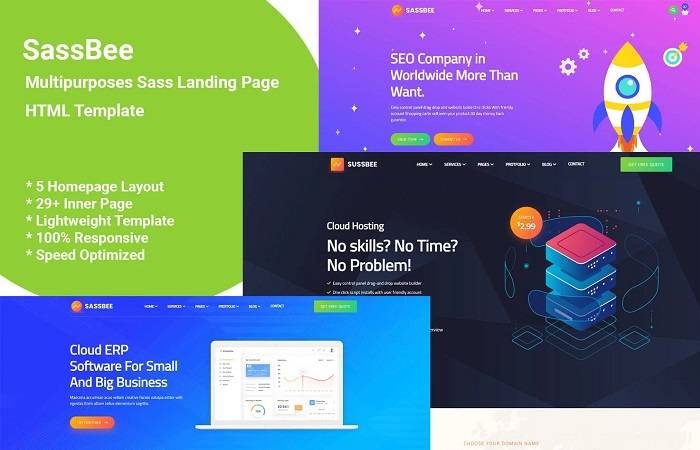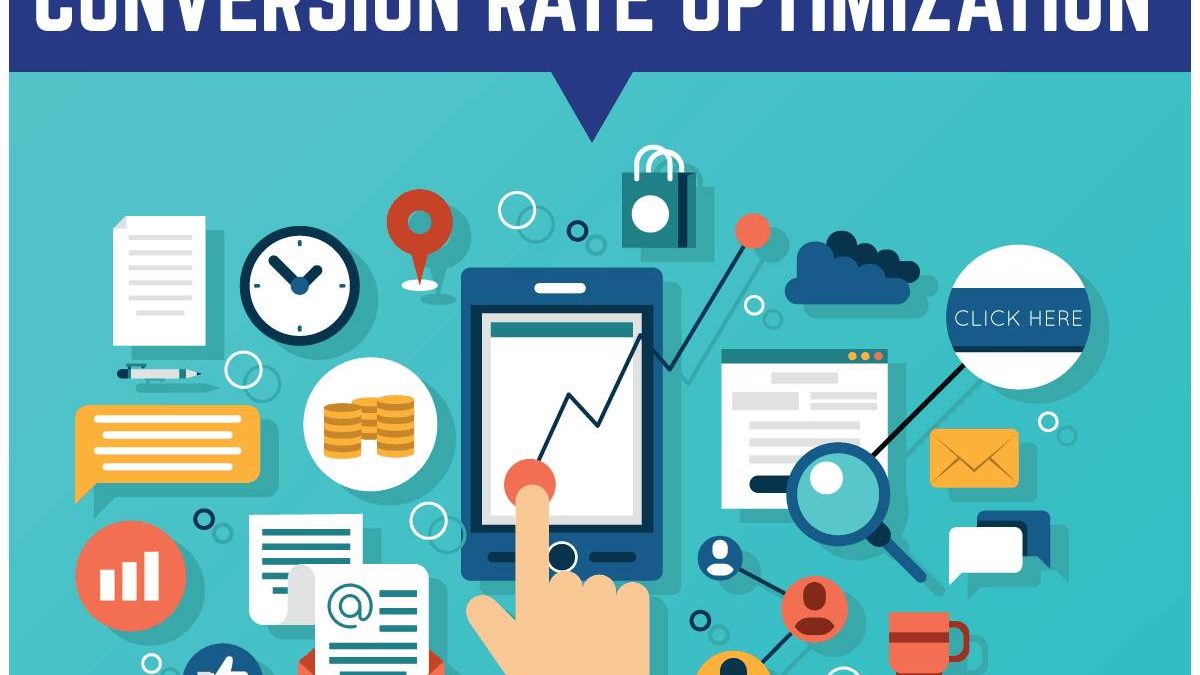10 New Conversion Optimization Resources – Form conversion happens whenever a caller gives into a form on your website. This form can be for a news sheet, a special offer, or buying. Form conversion is an essential early step in building your list of leads.
A “good” conversion rate falls between 2% and 5%, according to CRO platform company Adoric. But Hubspot research from 2020 revealed that only 22% of trades are satisfied with their conversion rate. Email collection forms have been the most successful way to convert customers, with a 15% conversion rate in 2020.
Table of Contents
10 Tips to Optimize Form Conversion
To convert your underachieving lead-generation forms, you’ll need to refresh your webpage and the document itself. Start with these ten tips to optimize form conversion.
10 New Conversion Optimization Resources – 1. Move the Form to the Top of the Screen.
Conversion forms must be above the fold on the landing page. This means visitors don’t have to scroll down to see your document—no need to search to find your offer. Doing so removes resistance in the lead generation procedure. For instance, visitors to the landing page below know they must fill out the free demo form.
10 New Conversion Optimization Resources – 2. Make the Title of the Form a Call to Action.
Inspire visitors to fill out your form by creating a call-to-action headline. Tells your visitors precisely what they will get after signing out. For instance, the form below starts with the call to action, “Begin Your Free Trial Now.” This call-to-action is frequent in the button at the bottommost of the state, reinforcing the message.
If you’re unsure what to add to the form header, consider the following.
Get your free [offer].
Subscribe to [OFFER]
Register now for [WEBINAR / EVENT]!
Yes, I want this [offer]
[Presentation] Download
Request [your offer].
Register Your Place in [Webinar / Event]
10 New Conversion Optimization Resources – 3. Add the Correct Number of Fields.

When creating form fields, use the Goldilocks method: try to find the correct number. A long-form confuses people and discourages them from filling it out. However, shorter forms may yield many submissions, but your leads may be of poor quality. You’ll want to find a flawless number of domains to generate quality leads without scaring potential customers.
The length of your form depends on two factors.
Offers are in your buying cycle. You may want to collect only your first name, last name, and email if you offer a free checklist or infographic. However, more internal potential magnets, such as an ebook or whitepaper, indicate that potential customers are progressing in the search process. In these cases, ask for more detailed information.
How many potential customers do you create? If your sales crew has a lot of leads to review, add further fields to your forms so your reps can better characterize each piece of information and decide which ones are worth contacting. While more domains may generate fewer leads, those leads often do better.
4. Check the Required Form Fields.
If you’re still worried about the length of the form, decide what information to get versus what information to grasp.
For example, fleet security software company Nauto formed the form below to generate qualified leads. Besides the standard form fields, there are required fields for job title, company fleet size, and primary vehicle type. This mandatory information results in fewer leads but better. In other words, salespeople will effectively use their time to close those leads. You can usually specify required fields with an asterisk (*). Optional fields do not contain asterisks.
5. Hide the pre-filled fields.
For first-time visitors, HubSpot’s conversion forms are lengthy. We receive a lot of leads, so we need additional form fields to determine the quality of our leaders. It allows us to return leads to the correct representatives properly.
However, we only show these additional fields to first-time visitors. Did you notice the difference in shape?
We did this by enabling intelligent form fields. Innovative form fields can allow you to retrieve your contacts’ information when they first sign up to receive an offer. The best part? It creates a better user experience for visitors as you can develop questions specific to your target audience group.
6. Release Your Submit Button.
After reviewing the landing pages of over 40,000 HubSpot customers, we found that buttons labelled “submit” have lower conversion rates. That is, the default text of your submit button will result in missed opportunities.
The submit button provides one last chance to entice visitors to fill these last few fields. Customize the text to your bid to get better conversions from this button.
Here are some examples.
- Download this ebook
- Save me for a demo
- Show me this presentation
- Ask for your coupon
- Save your seat
Calls to action are much more engaging than a “send.”
7. Do An A/B Test to Choose the Colour of Your CTA.
Picking a random CTA colour is not ideal. A/B testing can help you make an informed decision.
Initially, Performable ran a test using the green and red CTA buttons. What did they find? Conversion rates for the red button were 21% higher than for the green button. Pro tip: Understanding colour psychology is a significant first step to choosing a colour CTA. However, if you want to know which colour resonates, consider using A/B tests to find the colour with the highest conversion rates.
8. Ensure the Privacy of Your Visitors.
United States, European Union, Canadian and Australian laws require you to link to your privacy policy. In addition to relieving the concerns of reluctant visitors, a privacy policy makes you appear trustworthy. It can increase your conversions.
In your form, you can link to your privacy policy before the submit button when adding an excerpt. Here’s what this looks like on our models.
If you don’t know what to display on your privacy page, get some ideas from HubSpot’s Privacy Policy. People want to know how to use their contact information, which makes this page one of the most visited pages on our site.
9. Use The Correct Form Layout.
Choosing the proper model layout involves knowing human behaviour. The best formats create a seamless experience for potential customers. Here’s how to improve your form layout.
Place the form tags above the corresponding input fields.
Do not split the form into more than one column.
Ask only one question per line.
Match the input fields’ size to the expected response length.
Input field lengths are ideal for both first and last names. However, the email space is not optimized, as most professional emails are not lengthy.
10. Consider Multi-Page Forms.
You may need to collect more user data to find qualified leads. A one-page long form can scare off potential customers. Alternatively, you can create a form with multiple pages to split the user experience.
The first page only asks for the visitor’s name. The second page collects the person’s contact information, and the third page gathers information about that person’s activities. The last page asks about the size of the company.
Each page of the form asks for more information than the previous one. However, by creating multiple and easy steps, the visitor does not feel overwhelmed by the information they need to share.
Keep Converting the Form
Just asking for information is not enough. Your forms should create a seamless user experience to generate leads. You will also need attractive offers backed by top-notch design and the right message.
Becoming a paradigm-shifting expert will take time. Remember: increasing your conversion rate takes trial and error. Experiment with different messages and placements to see what works. Take note of the best practices that work specifically for your organization.
10 New Conversion Optimization Resources – Conclusion
10 New Conversion Optimization Resources – Improving your conversion rate will encourage further guests to become purchasers. Laterally with a digital advertising strategy, optimization emphases on making it as simple and easy as possible for a potential client to become a purchaser.


